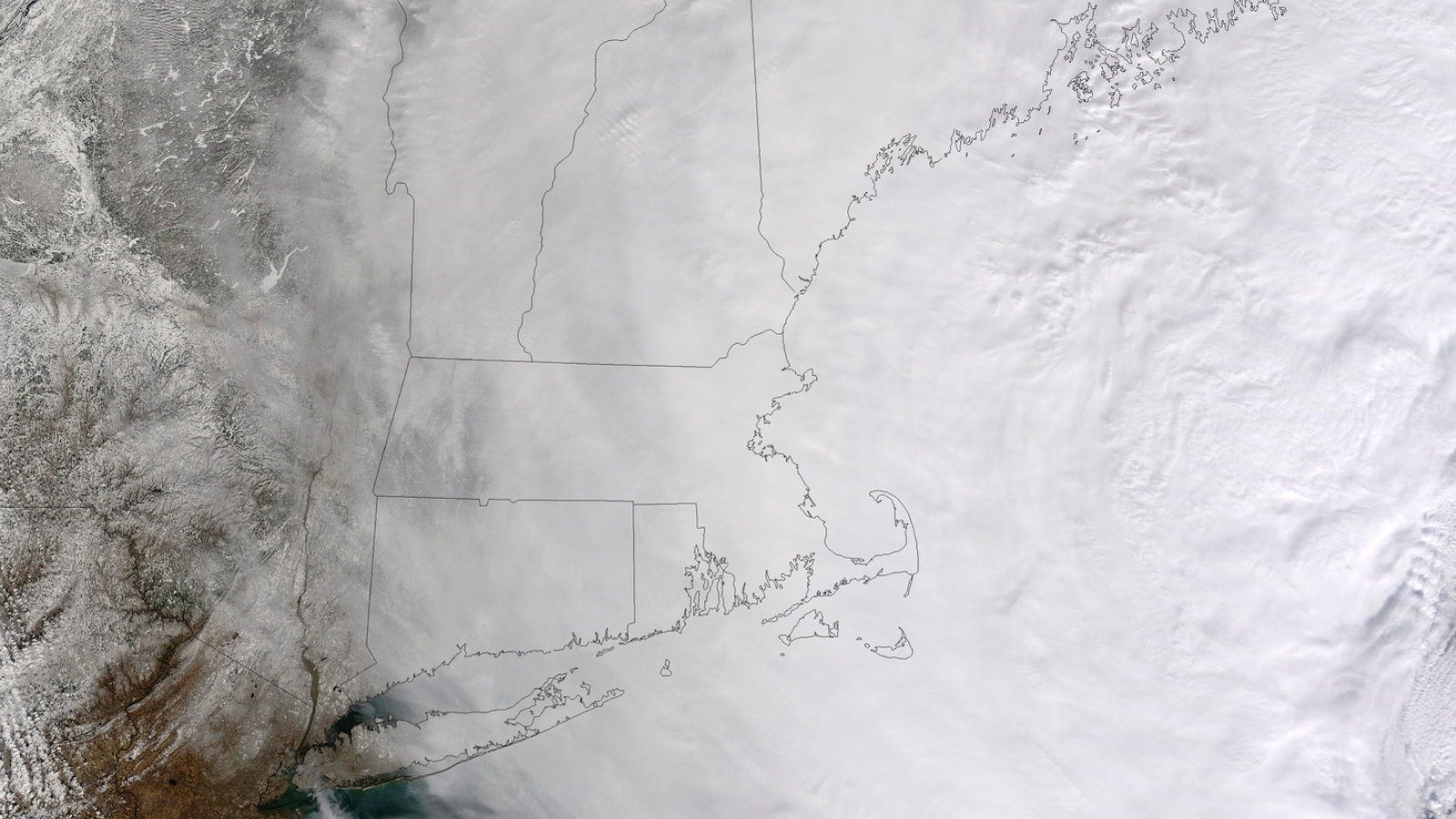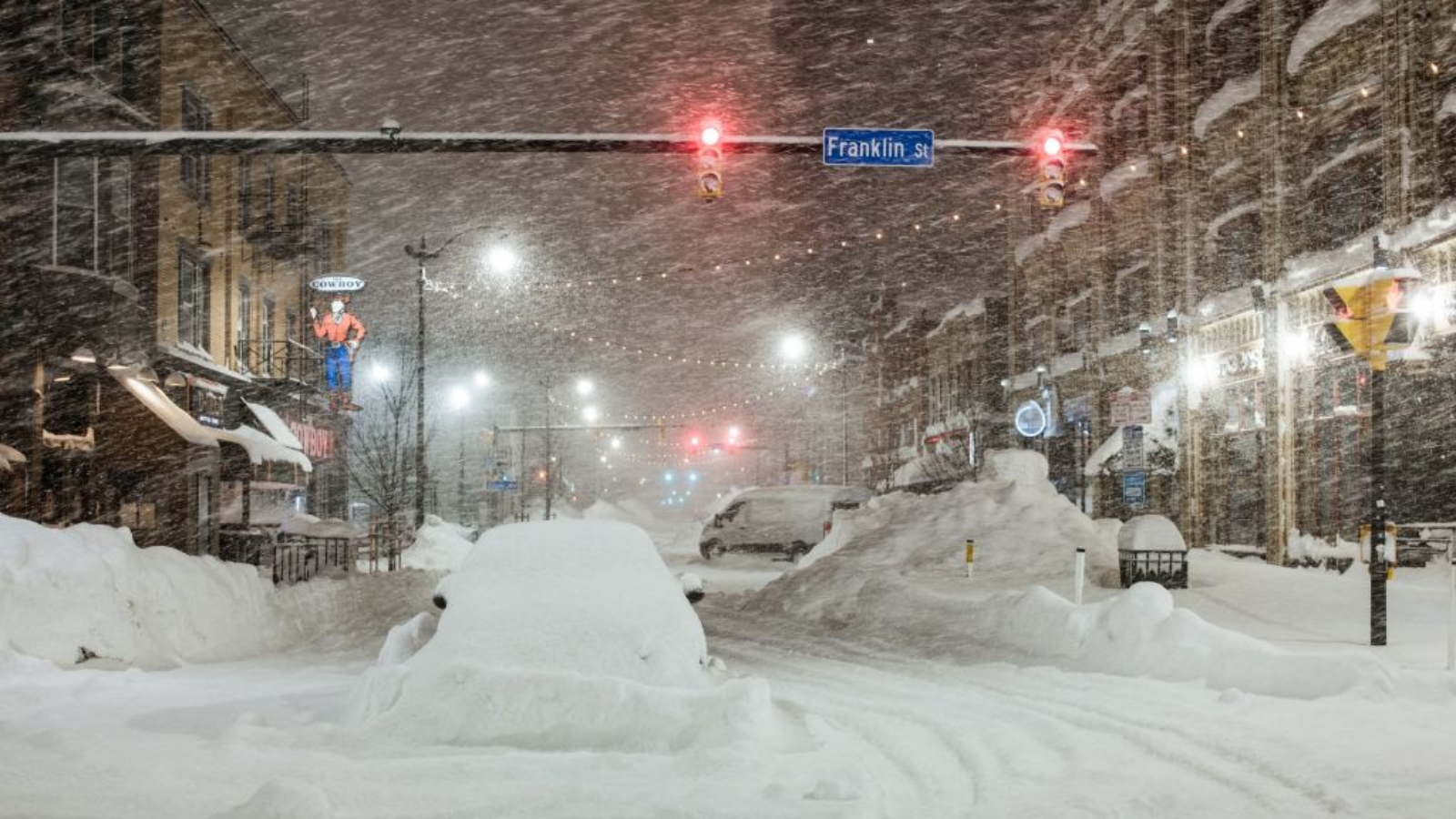How New York’s Power Grid Stayed Reliable During Recent Deep Freeze

The recent holiday-week deep freeze that strained gas networks and electricity grids across the nation had smaller impacts in New York due in large part to the ability of generators to switch fuels in times of tight supply.
According to press reports, more than 1.6 million U.S. customers lost power during the deep freeze and utilities in several states issued public appeals to turn down thermostats and use less energy to lower demand.
Here in New York, more than half of the generating fleet possesses dual-fuel capability, meaning they can burn either oil or natural gas, bolstering reliability during extreme weather events like the recent deep freeze. In New York City and Long Island, a majority of generators are required to maintain dual-fuel capability and supply. When gas supplies get tight, generators can switch to burning oil they have stored on reserve.

during Winter Storm Elliott. (Photo: Getty Images)
“Despite severe weather, we were able to maintain electric service in New York State in large part because many of our generating units are able to switch fuels during times of high demand and stress on the gas system,” said Aaron Markham, the NYISO’s Vice President of Grid Operations. “Our diverse resource mix provides a significant reliability benefit.”
In addition to the reliability benefits, dual-fuel capability also allows generators to use the least-cost fuel available to produce electricity, which can lower wholesale prices.
Another major facet of being prepared for severe weather is contingency planning, which begins long before the cold weather season. Prior to winter, the NYISO reviews the fuel inventories of oil-fired and dual-fuel generators and performs on-site visits of generators to assess the condition of equipment. During winter, as part of normal procedures, the NYISO also requests weekly updates on fuel inventories from generators. These updates can take place more frequently based on evolving weather conditions.
During the most recent extreme weather, consistent with well established grid operations practices, the NYISO also held status calls and coordinated with generators, utilities, and neighboring grid operators to continually assess conditions.
Keeping the lights on in the face of extreme weather depends on providing grid operators with as many resource options as possible. The flexibility of dual-fuel resources is expected to be especially vital in the years ahead as the electric system transitions to more intermittent technology. In 2020, the NYISO conducted a Climate Change Study, which found that extreme weather will pose increasing risk to an electric system more reliant on weather-dependent resources like wind and solar. The report highlighted the importance of dual-fuel capability and flexible resources to respond quickly to changing conditions.
Learn More
Learn more about the Installed Reserve Margin (IRM) and why it’s a vital figure for maintaining reliability on the grid.
Learn more about the Reliability Needs Assessment (RNA) report which forecasts system conditions over the next ten years to determine whether the grid will have sufficient generating capacity and transmission capability to meet expected demand.

